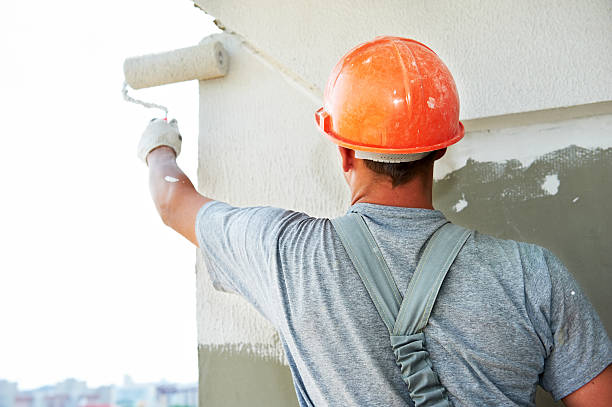While I was welcoming new friends to Little Pax Ranch, I had a conversation about how to build attics. Two of our homes have attic space converted into living space, so I thought it might be useful to share the process.
The decision to tackle an attic remodel depends on many factors, including your needs, home value, access to the attic and local building codes. But, I hope you find this helpful.
Check out Building Codes
Each home and every location are different. However, homeowners must ensure that there is enough space for them to use. This is usually 70 square feet at a minimum of 7.75′.
Also, make sure the floor joists are able to support living space which is heavier than seasonal storage. We had to redo the floor joints in our ranch renovation to accommodate the upstairs living space.
Before you proceed, consult professionals such as a local engineer or contractor. These professionals can help you determine the requirements of your area, such as permits, smoke detectors and stair depth.
Take into account Access
Access is something you should consider once you have determined whether it’s possible. The full staircase that led to the third floor of the first house where we built the attic was already . This made it very easy!
We had to create a space for the stairs at the ranch house. The stairs were placed centrally because we wanted the attic to feel part of the original design. The staircase is located just off the Kitchen. It feels integrated and intentional. The attic conversion feels like it is part of the house from the beginning.
Take a look at framing
Professional framers are needed to remove any support beams from the attic that could hinder an open living area.
You can also use a totally open space like the ranch to increase your ceiling height.
We would have lost 6-8 inches of headroom if our ceilings were lower than the metal beams. We were able to create more interest with our exposed beams by installing a frame in between the metal beams.
You’ll need to move any mechanical equipment that is currently in your attic. It’s also important to think about how to heat or cool your new living space. You may be able to run new ductwork or create zones using your existing HVAC system.
Other cases might be a good idea to consider mini splits, or newer conventional systems for servicing your additional floor. These requirements will depend on your climate. No matter what you choose, it’s likely that you will want your thermostat to control the temperature. A ceiling fan can be a great cooling option if the ceilings are sufficiently high.
Locate a Light Source
No matter if your code requires an exit window, I believe every living space should have natural lighting. An egress window is also a good idea to ensure safety. A skylight or dormers are options.
Conduct electrical (and plumbing)
Although most attics have one bulb installed, you will need safe electrical with outlets and lighting fixtures. If there isn’t enough room for the wiring, you may have to upgrade your breaker panel.
You will need new plumbing if you decide to add an intic bathroom, just like we did. Attic bathrooms are so charming! If you want to save money, make sure to locate your new bathroom above a kitchen or bathroom.



